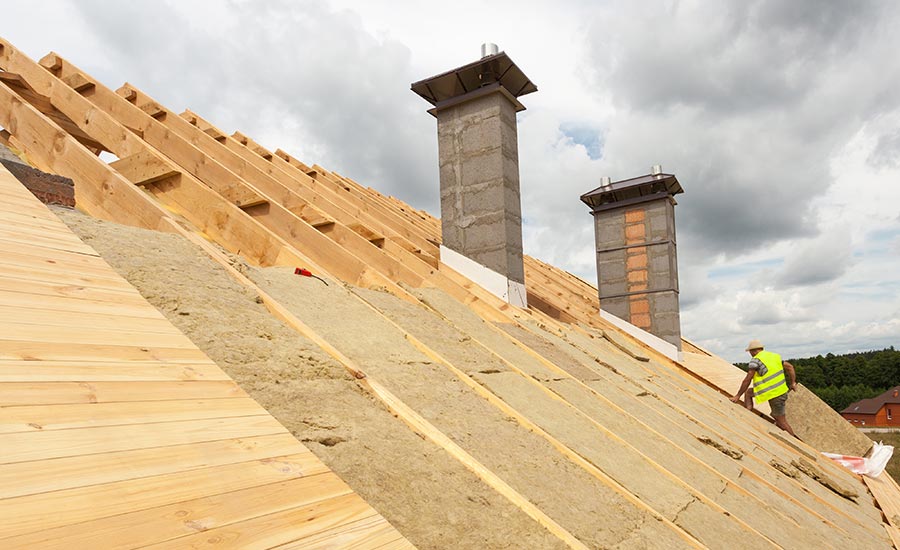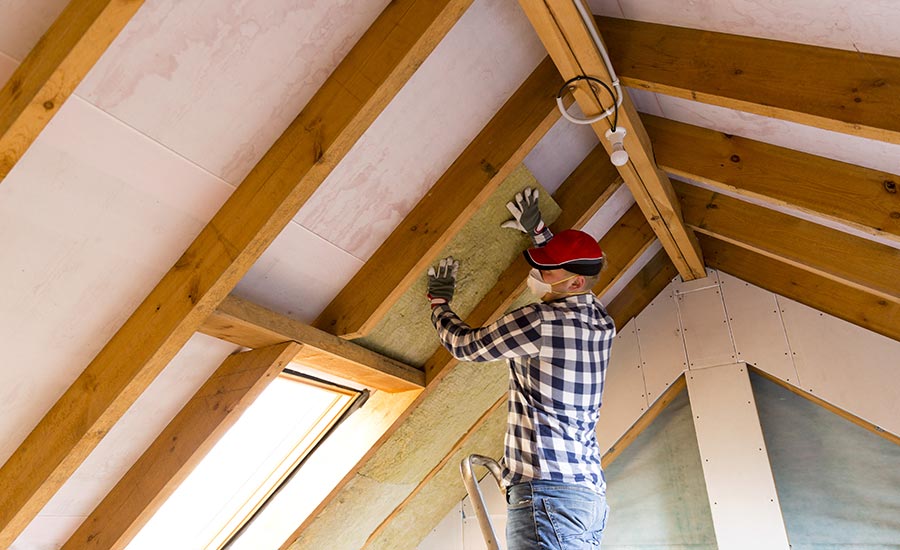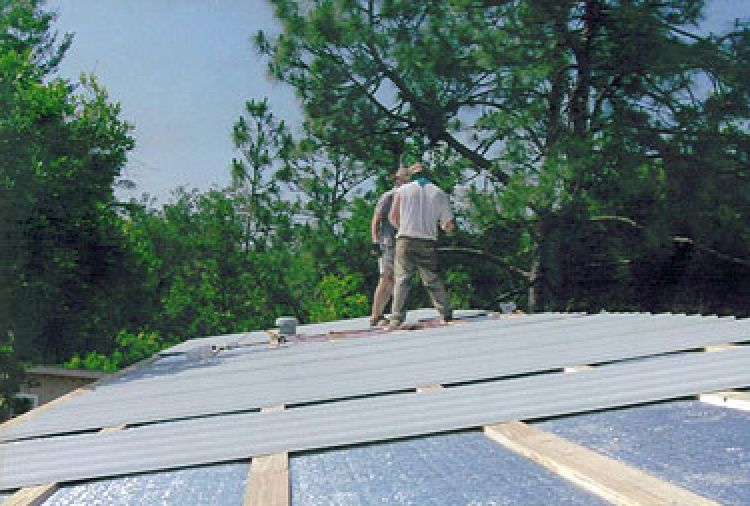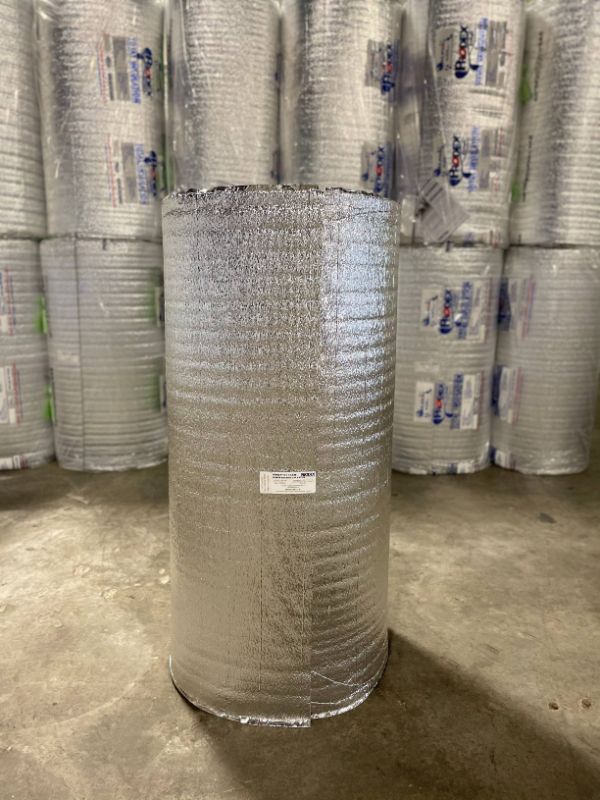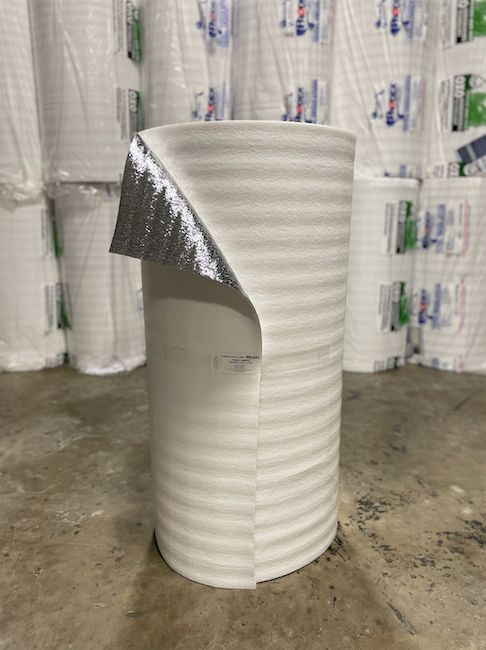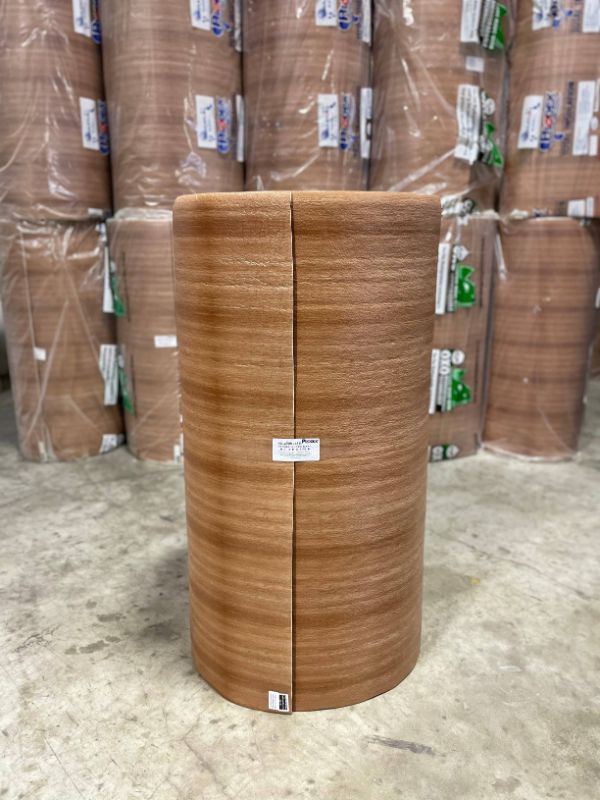Yes. The roof is the primary location for heat loss. It accounts for up to 35% of the heat loss in the winter. It’s responsible for virtually all the heat gain in the summer.
Ever wonder why it's so hot in the summer in a house without roof insulation? The radiant heat from the sun passes through the uninsulated roof into the house below. This condition is magnified under metal roofs.
Metal roofs magnify the heat from the sun and the frigid temperatures of the winter. Metal is a very good conductor of heat and cold. In hot weather, metal roofing rapidly transfers the sun's heat into a house. In cold weather, it rapidly transfers the cold in. When a cold surface comes in contact with warm air, it creates moisture on the surface just like a cold can of beer outside in summer. Condensation on a beer can is fine but it’s not what you want in your house.
It’s also bad with tile and clay roofs. These roofs take a little longer to heat up, but once hot, these roofs hold the heat like an oven and continue to transfer the heat into the house even after the sun has set.
To calculate the square footage of insulation required:
Multiply the width times the length of the roof. Then add for your roof slope.
Use 1.1 multiplier for 1:12 to 2:12 slope
Use 1.15 multiplier for 3:12 to 4:12 slope
Use 1.2 multiplier for 5:12 to 6:12 slope.
Example: 30 x 40 roof with 3:12 roof slope.
30 x 40 = 1200 sq. ft. Multiplied by 1.15 = 1380 sq. ft. of insulation required.
- Prevents radiant heat transfer.
- Stops condensation
- R-value not affected by humidity
- Doesn’t allow for nesting of rodents, bugs and birds
- Installs easily
Prodex is a versatile insulation product that does it all - Stops condensation, heat, cold and air, blocks the sound of rain and hail, helps prevent rodents, bugs and birds from nesting. It also doesn’t support fungi like mold and mildew.
The reflective nature of Prodex keeps the temperature consistent on the inside and outside of the roof to prevent condensation. It creates an air barrier that is directly related to the safety of the house in case of fire.
Due to its light weight, it is easy to install, work with and transport, which makes it a preferred insulation for roofs.
Prodex Total has a high-quality core that keeps its shape when exposed to forces. Prodex Total 5M plus has a nominal thickness of 5mm (0.2"). Prodex Total 10M is 10mm (0.4"). Both are closed cell polyethylene foam covered on both sides with reflective reinforced foil facing. Under pressure, the Prodex micro-cells do not collapse -- With a pressure of 6 PSI Prodex compresses just 6%. When the load is relieved, it takes back its initial shape. The density of the foam is between 1.25 lb/ft (sq) - 1.87 lb/ft (sq). This gives the material real body.
Scorching sun, freezing temperatures, blowing winds, or rattling hail? No problem – It’s called Total because Prodex Total does it all.

